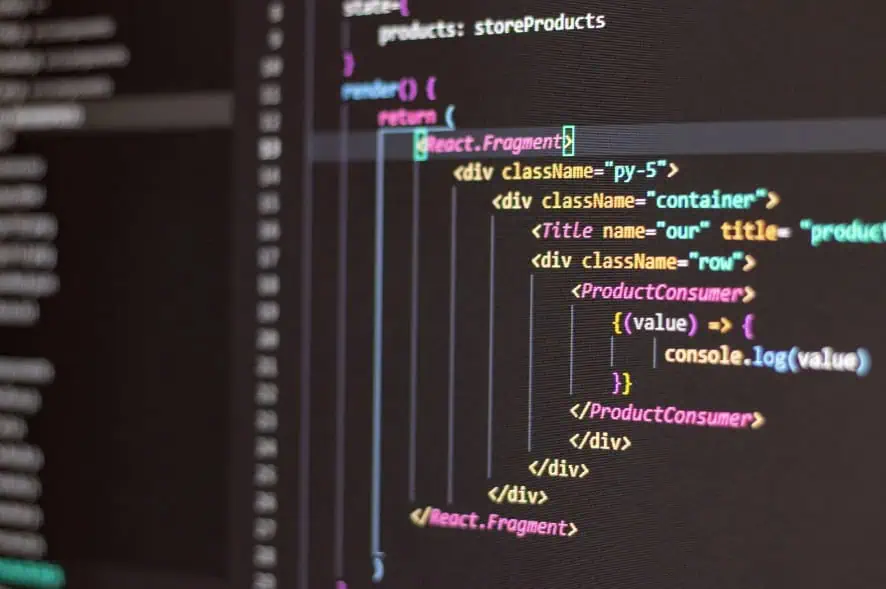Using an Open-Source Software to the Fullest: Five Tips
The discussion of open VS closed-source software looks like a thing of the past, as nearly all applications utilize open-source code. Whether physical or virtual, mostInternet servers run on Linux OS, which is open source.
Instead of asking why to use open-source software, it’s best to ask how to use it to the fullest. Here are five tips on managing open-source software efficiently.
1. Up-to-date Components
You can’t just implement any publicly available code in your software, expecting zero issues. In 2020, Synopsys reported that out of all open-source components included in their audited codebases, 91% were outdated. Including such components exposes software to sophisticated cyber attacks and can give a false view of open-source (in)security. This leads to the second point.
2. Regular Updates
One of the major advantages of open source is the many people that contribute to it. It’s an essential part of security because bugs are fixed ASAP by an active community.

However, it’s up to you to update your software with a new version. Otherwise, your code is open for exploitation, and cybercriminals have tools verifying old software versions known to host vulnerabilities.
3. Join the Community
Maybe you have noticed a bug in the source code? It’s a bad practice to include the fix in your fork and leave the community unaware. As a developer, you will build a strong reputation by being an active and valuable participant in the project development.
Once you submit the bug and the fix to the community, they can review your solution and improve it if it requires improvement. That’s the beauty of open-source projects; you don’t have to rely solely on your own solutions.
4. Learn From Others Code
Junior developers can learn from open-sourced code after their summer camps or Udemy courses. It’s an excellent way of seeing how professionals code and get some project development experience before going for corporate wages. Furthermore, participating in one project or another will add additional value to your CV, and the experience is as close as it gets to practical employment requirements.
Moreover, exploring open-source projects provides developers with a glimpse into real-world development scenarios and challenges they may encounter in their careers. It’s like a practical employment requirement simulation, where developers can observe firsthand professionals’ approach to problem-solving and build robust software solutions.

But when delving into open-source code, it’s crucial to remember privacy and security. Utilizing password managers, file-encrypting software, and a VPN while accessing and browsing code repositories can help protect sensitive information and maintain anonymity. Though some are skeptical towards security software and only emphasize such things as VPN disadvantages or the possibility of a data breach for password managing tools, it’s no doubt that compromising your security might have much harder consequences. So when learning from open-sourced code, data safety should come first.
5. Fork When You Require
Open source allows you to take the code base and modify it as you require. It’s a significant improvement compared to the SaaS model, where you, most of the time, get a static service.
Often you have to adapt your business or development model to available software. Instead, open source allows you to adapt the software to your goals. Remember that you must have specific competencies or employees with particular skills to modify the open-source code successfully.
The positive is that this can be a time and money saver, as you don’t have to build software or components from scratch. On the downside, it’s up to you to merge any upcoming changes on the open-source code or face the troubles outlined in the first tip.
In a nutshell
Managing open-source code takes skill and know-how, but the advantages are numerous. Of course, some projects are better off left closed, but on many occasions, it will be the reverse. The final lesson is knowing the open-source community and its principles.